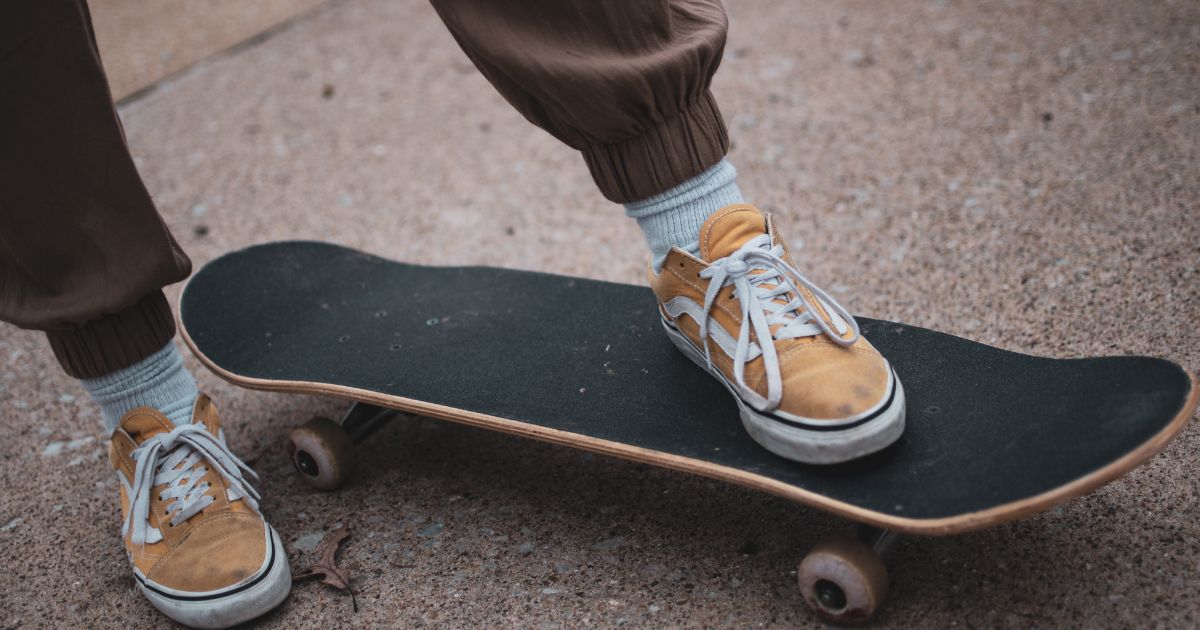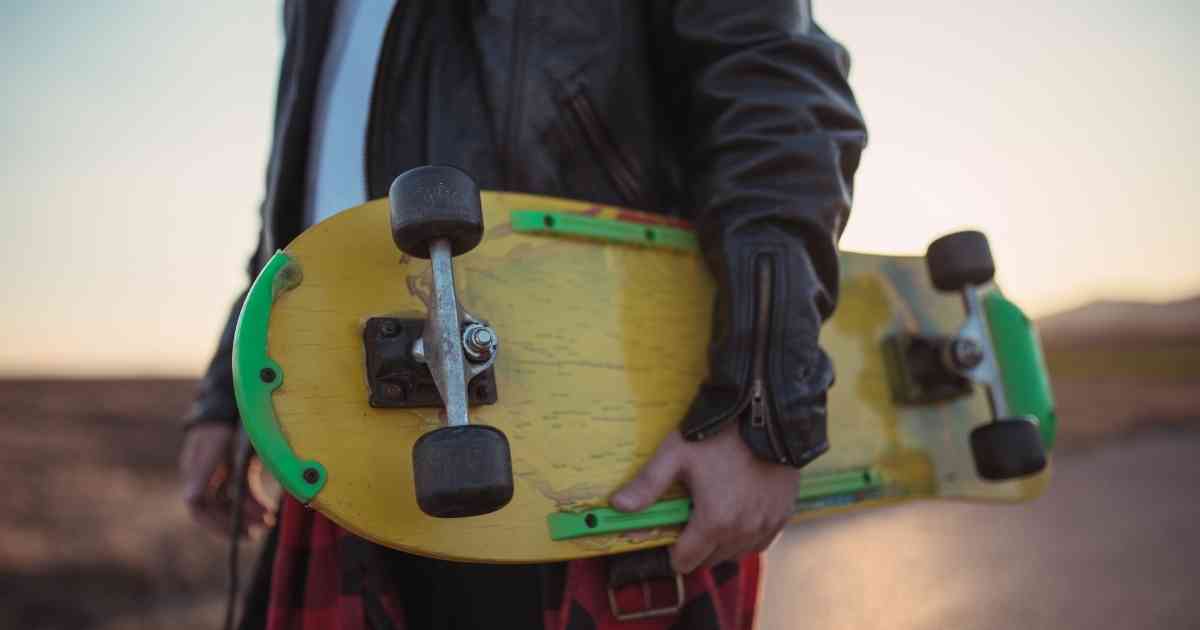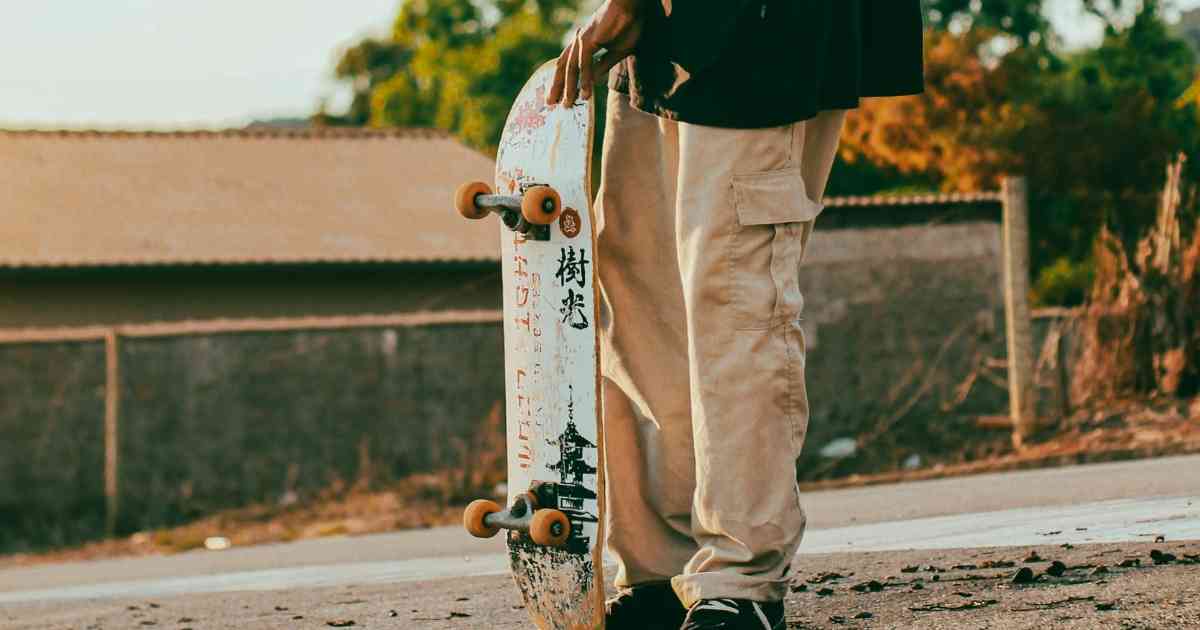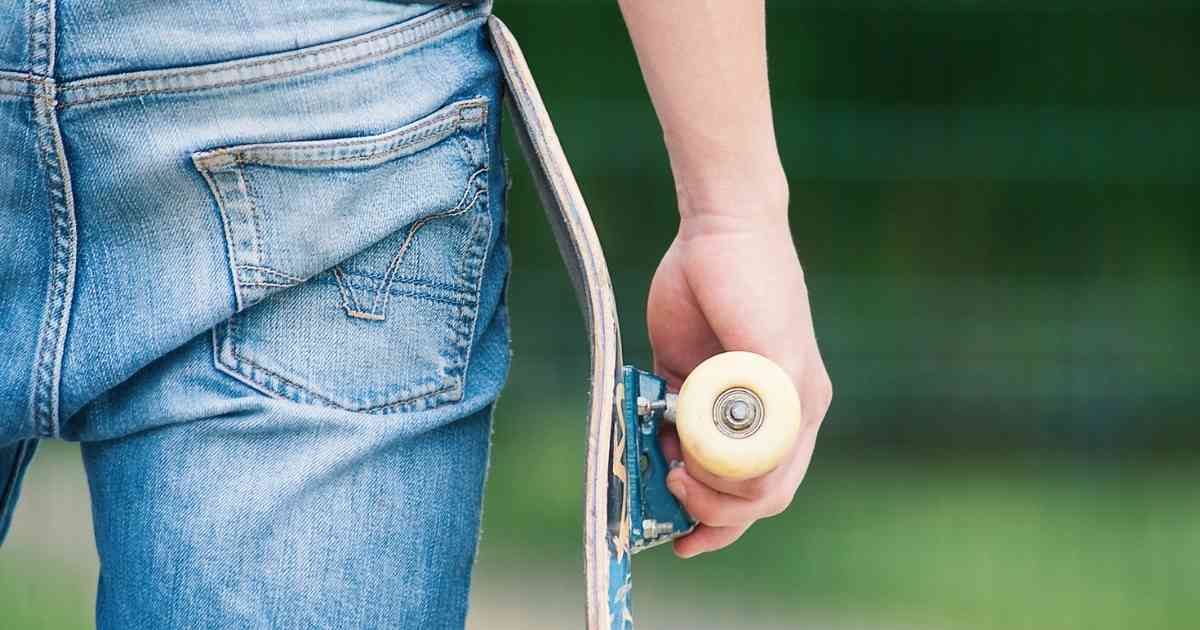It’s been quite a while since skateboarding was considered nothing more than a fun pastime. Nowadays, tons of adults, young adults, teenagers, and even young kids are real skateboarders. They shock everyone with their abilities to perform tricks like it’s nobody’s business.
But it’s not just the tricks that make you look like a professional skateboarder: it’s also the way you hold the skateboard. If you still don’t know how to hold your skateboard when you need to transport it without riding it, you’ve come to the right place. Stick around to the end of our guide to learn valuable information on the topic!
How to Hold Your Skateboard
You don’t have to be a beginner skateboarder to wonder how you can hold your skateboard when carrying it around. Even real skateboarders practicing the sport for years might not know how to hold their skateboard properly.
It’s essential to look into the topic and find all tips and tricks you can use to hold your skateboard the right way. This is because improper handling could damage the deck, grip board, or even the wheels and trucks. You surely don’t want to cause harm to your beloved skateboard, do you?!
Actual skateboarders might know what I’m talking about, but beginners might be wondering what the trucks or grip boards are and where to find them on the skateboard. This is why we want to take a minute and look into that briefly, before we go on with the topic!
Skateboard Parts
All of us know what a skateboard looks like. It’s like a long plank with two wheels on the bottom. While this short description is acceptable to some people, serious skateboarders might want to know more detail about the parts of the skateboard. So, here is the basic skateboard anatomy you need to know:
- Skateboard Deck – the part of the skateboard where you put your feet. It is also where the manufacturers attach the trucks and wheels.
- Skateboard Grip Tape – the grip tape is a sheet of tape added to the top of the deck. The sheet of grip tape helps create traction between the feet and the deck.
- Skateboard Trucks – the trucks are what hold the wheels in place. They’re essentially pieces of metal that help the board turn. On one side, they’re attached to the deck, while on the other, they have wheels that allow the skateboard to move.
- Skateboard Wheels – two pairs of wheels on the skateboard help the skateboard move. One pair is on the front and another is at the end of the skateboard. The wheels can be of different sizes and materials, depending on the type of skateboard you have.
While these are the essential elements of a skateboard, we can mention a few others, like the bearings, risers, and hardware. The front end of the skateboard is called the nose, whereas the back part is called the tail.
Make sure you remember the names of all parts, because that can help you look more like a professional at skateboarding. They will also prove helpful in reading guides like this one, where there will be plenty of mentions of some. Whenever you feel like you know everything about the skateboard parts, you can move on to the following sections on holding the skateboard!
Method 1: One-Arm
There are a few different ways to hold your skateboard while carrying it around, but we will start with the method most convenient when commuting. This means you can use this method whenever you are moving around but do not have the option of riding your skateboard. From here on out, this will be called the one-arm holding method.
Expectedly, you will be holding your skateboard with one hand, so make sure you hold it with the more dominant hand. This will help prevent accidents from happening, such as your skateboard falling out of your hand. Here is what else you need to do:
- Lift the skateboard with your dominant hand, but extend the hand flat as soon as you bring your upper body up.
- Move the arm towards the skateboard’s middle part, ensuring that it is positioned at the center of the deck.
- It would be best if you were not holding the skateboard on its top but its bottom. This is to ensure the skateboard doesn’t fall from your hand. So, curve your fingers, and place their tips underneath the skateboard.
- The skateboard should be turned with the wheels towards you. This step ensures the grip tape is not damaged by being too close to your clothing. If its quality deteriorates, there will be practically no traction on the skateboard.
This is one of the more convenient holding methods. It will not tire your arms or hands fast, while you will be able to control the skateboard and keep it from making any sudden movements or falling out of your hands.
Method 2: The Shoulder Hold
The second method we want to introduce to you is the shoulder hold. As part of this method, you will hold the skateboard on your shoulders. Here is what you’ll need to do:
- Grab your skateboard with one arm and raise it towards your shoulders. When you get to them, put the skateboard behind your neck, letting it rest on top of both shoulders.
- Make sure the skateboard is turned with the wheels towards you. If it is turned the other way, change its position. Again, this is a protective measure to keep the grip tape in top shape.
- Position the skateboard with your head between the wheels. Hold it either with one or two arms, depending on what feels most comfortable to you.
This is another convenient holding method, but some people avoid it because it can cause tension in the arms, neck, and shoulders. You should also check if the skateboard is dirty before you put it on your shoulders, as well as on your shirt, as dirty skateboards can mess up your shirt and hair.
So, it’s best to use this method when you first leave your house and your skateboard is still clean. In any other case, consider using the first method given in this guide.
Method 3: The Trick Method
Like some skateboards are best for tricks, there is a holding method best when doing tricks. To be more precise, this is a method you can use whenever you are between tricks and holding the skateboard for only a few minutes. We will call this the trick method. Here is what to do with this method:
- Grab your skateboard by the nose, using your more dominant hand. This will help you have better command of the skateboard, ensuring it won’t fall or slip from your hand.
- Keep the skateboard in your hand until you reach your desired destination. Then, you can put it down on the track and jump right into your next skateboarding trick.
As you can see, this is a straightforward method. The problem with it is that holding the entire weight of the skateboard with just your fingertips is not that easy. Your hand will get very tired if you carry the skateboard around like this.
Moreover, this method makes it easy for you to drop the skateboard, which could lead to you injuring yourself or causing damage to the skateboard. So, be mindful of when you use this method.
Method 4: The Skateboard Backpack
The fourth method is somewhat different from the rest because it is not your arms holding the skateboard but your backpack. Yes, even a regular backpack can carry the skateboard for you. You can also get a special skateboard backpack that will do the same job.
Once you get the backpack, you will see that built-in velcro straps or regular straps make room for the skateboard. You put the skateboard between them, secure it, and put the backpack on your back. Then, you’re ready to go wherever you want!
Method 5: Mall Grab
As our fifth method, we will mention the infamous mall grab technique. This holding method is often frowned upon because it includes people holding their skateboards by the trucks. Experienced skateboarders know this could loosen the bolts and damage the trucks, rendering the skateboard unusable.
So, steer clear of the mall-grab technique. Instead, go with one of the other methods we mentioned. It will be much more convenient and keep you from looking like a beginner skateboarder.
Takeaway
Thank you for sticking with us through this guide on how to hold a skateboard without causing it any damage or injuring yourself. Remember that after learning how to skateboard, it will be essential for you to know the best holding techniques. So, keep this guide as a reference and review the methods whenever needed!






